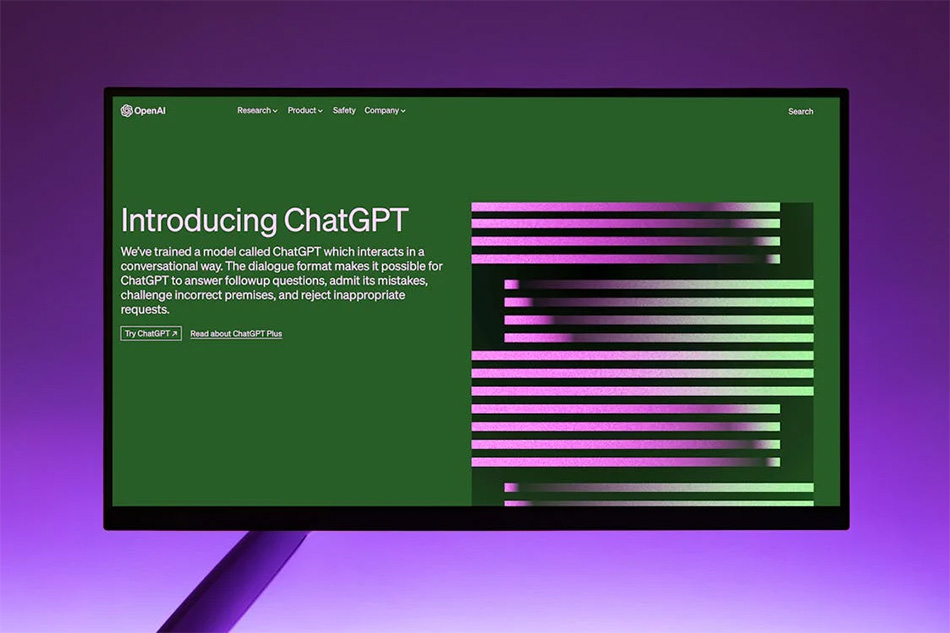OpenAI Realigns: GPT-5 Takes Backseat as Nimbler Models Step Up
OpenAI is shifting its product roadmap. The heavily anticipated ChatGPT-5 won’t arrive quite as soon as expected. It’s delayed. Instead, the company focuses on launching newer, lighter models: o3 and o4-mini. CEO Sam Altman confirmed the news via social media. This isn’t just a whim; it reflects strategic thinking and technical adjustments. The goal seems clear: streamline AI performance and better meet diverse user needs. While the GPT-5 delay might frustrate some, this pivot points to a broader strategy focused on user experience and efficiency. It suggests maturation beyond just chasing the next model number, building a more robust ecosystem.
A Calculated Pause for GPT-5 Development

Why the hold-up? GPT-5’s release, once thought imminent, is pushed back several months. Altman framed this as a deliberate, calculated pause. This extra time allows significant upgrades to the model’s capabilities, pushing them beyond initial specs. OpenAI engineers are tackling complex integration challenges and preparing the underlying infrastructure. Getting it ready for the unprecedented user demand foreseen for GPT-5. This proactive scaling is crucial. Lessons were likely learned from recent service wobbles, particularly the traffic congestion after GPT-4o’s image generation launch. They want to avoid frustrating users with day-one capacity issues.
Enter the o3 and o4-Mini: Lighter, Faster Options
With GPT-5 delayed, OpenAI isn’t leaving users empty-handed. Two lighter-weight alternatives prep for launch: o3 and o4-mini. Their role? Engineered for speed and efficiency. Tailored for users needing quick, competent responses without the deep reasoning power of a full flagship model. Think rapid summarization or faster conversational turns. The o3 model isn’t entirely new; it was hinted at during OpenAI’s “12 Days of OpenAI” event in December 2024. Reports suggest substantial upgrades since then, benefiting from user feedback and internal refinement. Expect tangible improvements in responsiveness and usability.
Simplifying the Choices: Performance Meets Usability

The model naming conventions were getting complex. GPT-4, GPT-4o… adding o3 and o4-mini might seem like more noise. A key motivation behind this restructuring, however, appears to be reducing user confusion in model selection. The vision for ChatGPT-5 involves simplifying this. It might act as an intelligent router, analyzing queries and automatically selecting the best underlying model behind the scenes. Quick answer? Maybe o4-mini gets tapped. Complex analysis? A more powerful component steps in. This seamless orchestration means users wouldn’t need deep technical knowledge of model variants. Just ask. Let the system handle the choice.
Rollout Plans and What to Expect
While GPT-5’s wait extends months, the new models are almost here. OpenAI confirms o3 and o4-mini rollout within weeks. Access looks promising. These additions will reportedly be available across all user tiers, including free accounts. Democratizing access to potentially faster tools. Premium subscribers will likely benefit from enhanced limits or priority access. Standard practice. Whispers also suggest an “o3 Pro” version might be in the works, possibly offering more power or specialized capabilities for professional and enterprise needs.
OpenAI’s decision feels like thoughtful recalibration. Delaying GPT-5, pushing out o3 and o4-mini first – it underlines a shift in priorities. Rather than rushing the most powerful system, the focus is on solid foundations. Performance, reliability, infrastructure scaling, usability. All must meet intense expectations. It’s about sustainable growth, not just splashy releases. With nimble new models arriving soon and a more capable, better-supported GPT-5 planned later, users can anticipate a refined, flexible AI experience. An ecosystem adapting alongside user demands.
